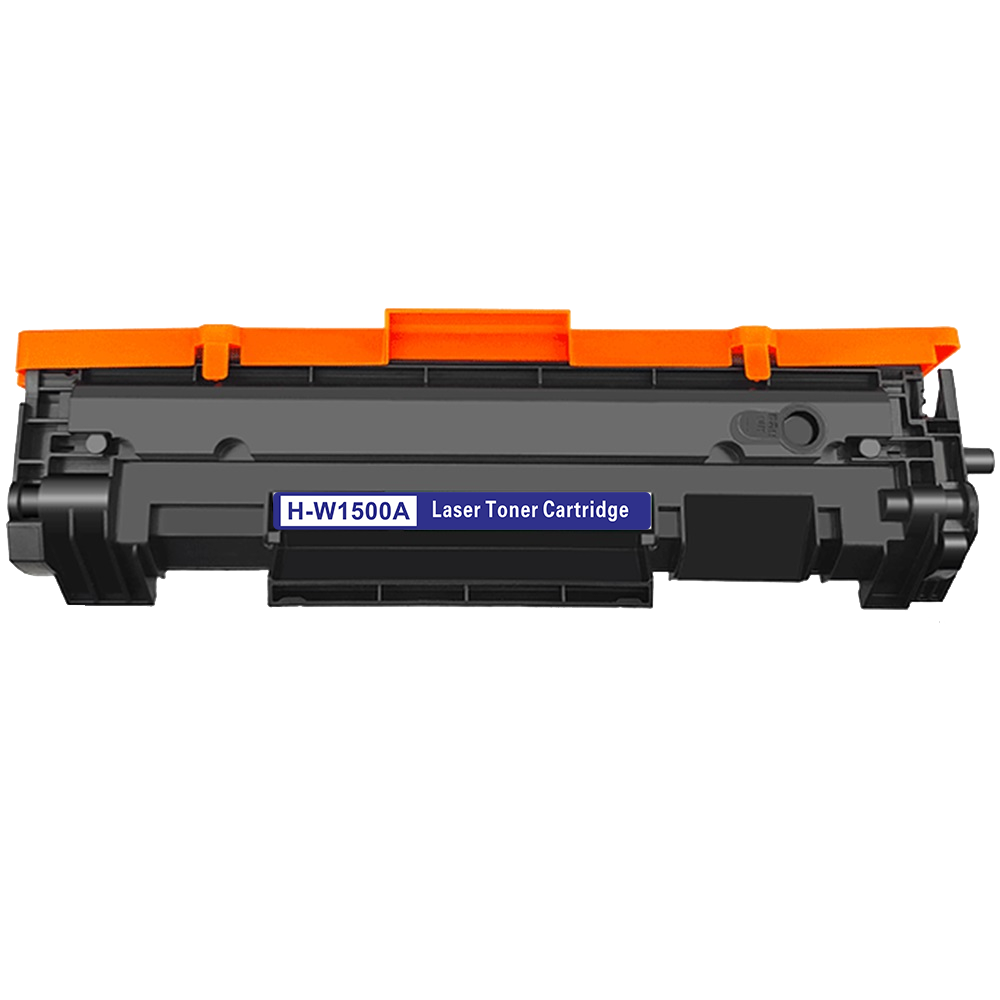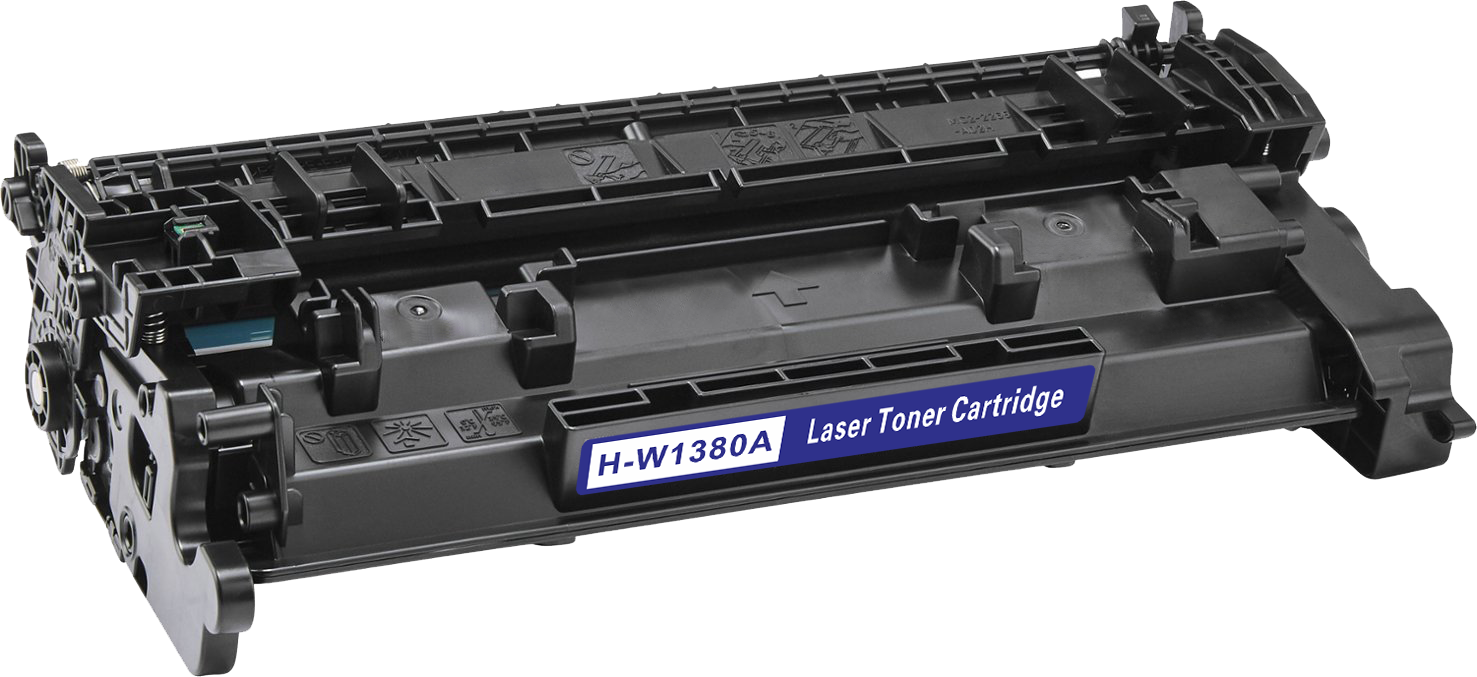How to Store Toner Cartridges
Published time:
2023-04-13
Toner cartridges are an essential component of printers, responsible for transferring toner to paper. To ensure proper functioning and extend the lifespan of toner cartridges,
correct storage methods are crucial. Here are some tips for storing toner cartridges.

Firstly, toner cartridges need to be stored in a dry and ventilated environment. Humidity and high temperature have adverse effects on the quality of toner cartridges,
leading to a shorter lifespan. Therefore, toner cartridges should be avoided to be stored in damp, sunny or hot places, and it is best to choose a place with suitable temperature and good ventilation for storage.

Secondly, toner cartridges should be kept in a dark environment. Ultraviolet light can cause oxidation on the surface of toner cartridges, reducing their lifespan. Therefore,
toner cartridges should not be placed in direct sunlight or bright lighting environments, and it is best to store them in a dark environment.
Thirdly, toner cartridges should be avoided from being vibrated or collided. The internal structure of toner cartridges is complex, and vibration or collision can cause damage to the internal parts, affecting the normal use of toner cartridges. Therefore, when storing toner cartridges, it should be avoided from any form of vibration or collision.
Finally, toner cartridges should be avoided from being left unused for a long time. Long-term unused toner cartridges can cause toner to clot on the surface and inside, reducing the quality and lifespan of toner cartridges. Therefore, when storing toner cartridges, it should be avoided from being left unused for a long time and used according to the usage cycle of the toner cartridge.
In summary, correct storage methods for toner cartridges can prolong their lifespan, improve the efficiency and stability of printers. For those who need to use printers frequently, correct storage methods for toner cartridges are very important, which can help them save costs, reduce waste, and improve printing quality and efficiency.
Recommended News


